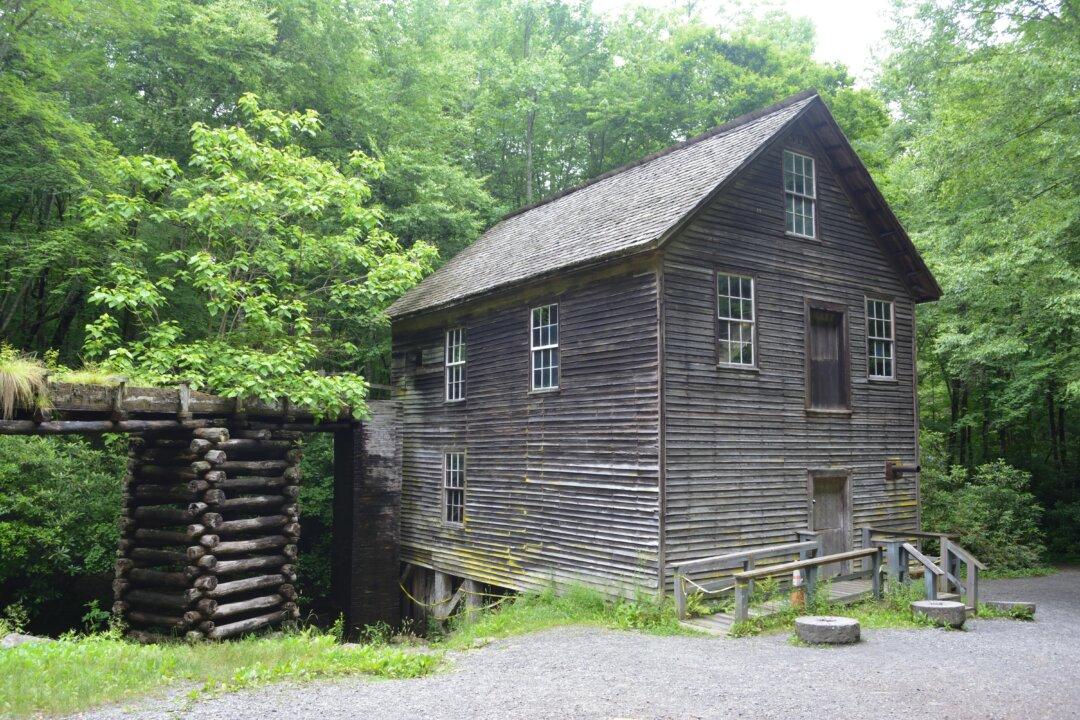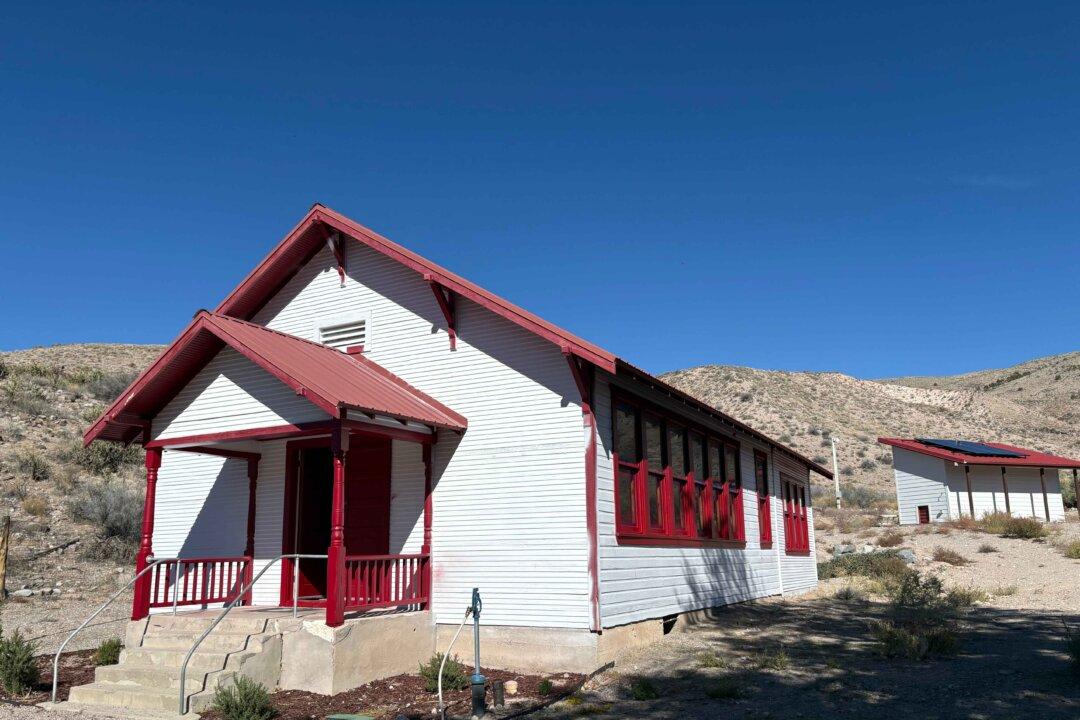Very few water-wheel grist (or grain) mills survive around the United States, but even fewer water-powered turbine mills exist today. However, inside Great Smoky Mountains National Park one can still grind grains into flour.
It is uncertain just how many mills once operated inside what became the 800-plus square miles of Smoky Mountains National Park, encompassing part of North Carolina and Tennessee. Four mills still exist, but only one is a turbine mill.





